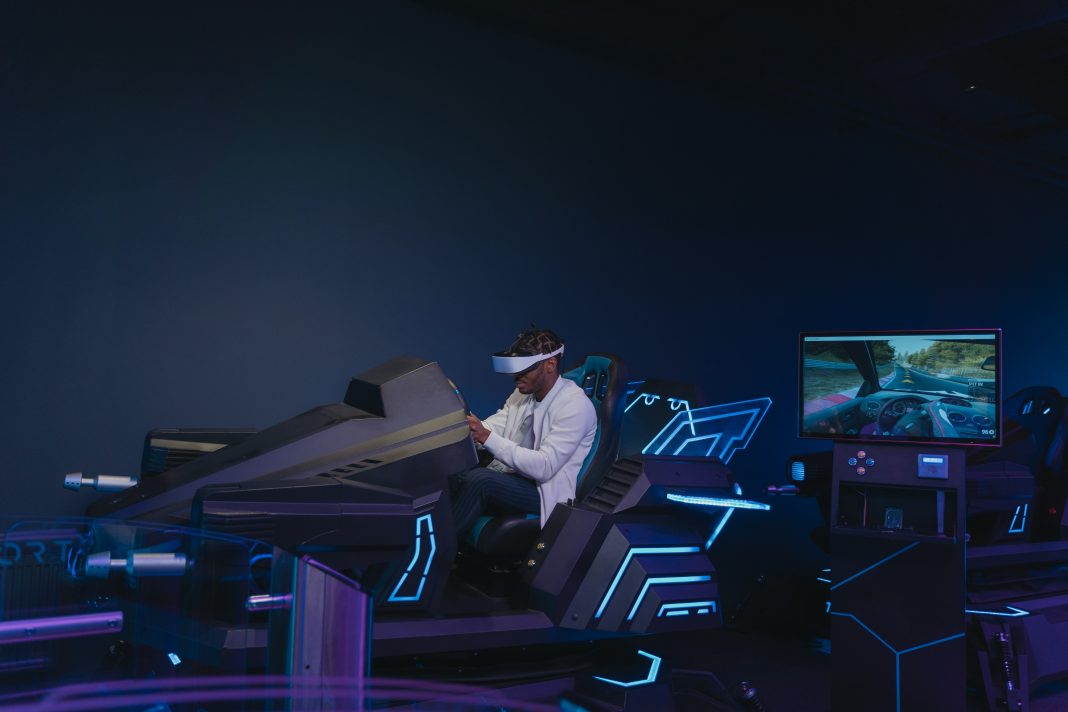With the year 2023 just on the corner, it’s the ideal moment to take stock of the enormous technical breakthroughs that humanity has accomplished since the turn of the century. It is predicted that technology will reshape the future in the next three years and from house chores to all business needs will be just a tap away from your phone. Developers are working hard and constantly bringing new software and applications to bring more comfort for everyone. In 2023 we will witness huge developments in technology and by the end of this decade cars will be flying in the skies.
Smartphones
For billions of people worldwide, smartphones have become an essential part of daily life. On our smartphones nowadays, we can shoot photographs, navigate without maps, place food orders, play games, communicate and contact friends, and much more.
Flash Drives
A 1.44MB floppy disc, the most common form of storage disc in the 1990s, has less than 80,000 times the storage capacity of a 128GB flash drive, which can be purchased for less than $20 on Amazon.
Skype and Zoom
Zoom and Skype have revolutionized international communication. Before that, making international calls to friends or relatives was extremely expensive. These days, it is essentially free to talk to folks on the opposite side of the globe or even video call with them.
Google
Google completely changed how people look for information online equally, More than 3 billion searches are conducted on Google every hour.
Social Media
Technology has shifted from the real to the virtual world at a frightening but exhilarating speed. A speed that opens up a world of never before imagined opportunities for businesses. Social Media Platform itself has brought up a bunch of lucrative opportunity and has significantly proven advancement in technology.
Graphene
It is possible to separate graphene, an atom-thin carbon allotrope, from graphite, the soft, flaky substance used to make pencil lead. moreover, graphite has been used by humans since the Neolithic period, it has never been feasible to isolate graphene. The creation of more effective solar panels, water filtration systems, and even insect repellents is made possible by graphene’s special conductive, transparent, and flexible qualities.
Bluetooth
Today, Bluetooth is a component of many different products and has ingrained itself into the daily lives of many people.
Electric Cars
Electric automobiles have been made possible through technological advancement. Nissan and Tesla are among the top businesses, to mention a few. Electric vehicles that are readily accessible on the market, like the Nissan Leaf or the Tesla Roadster, may be charged by plugging them into any outlet. They can run without fossil fuels. and More than 8 million electric vehicles have been sold, while some people still think they’re a passing fashion.
Driverless Cars
Even though Google’s automated vehicles are now the most well-known, practically all automakers have either produced or are preparing to produce automated vehicles. Automated cars are already being tested, but if overbearing restrictions do not obstruct the technology, it won’t be long before they are offered for purchase.
AbioCor Artificial Heart
The first artificial heart to effectively replace a human heart in heart transplant surgeries was the AbioCor artificial heart, developed by the Massachusetts-based company AbioMed, in 2001. The mechanical heart from AbioCor runs on its own. It doesn’t require invasive cables as older mechanical hearts did, which reduces the risk of infection and mortality.
3D Printing
With the advent of 3D printers and open-source software during the past two decades, less expensive manufacturing techniques have begun to emerge. Today, replacement parts, complete homes, pharmaceuticals, bionic limbs, and even entire human organs are printed using 3D printers.
Stem Cell Study
Today, stem cells are being used to create organ tissue, including kidney, lung, brain, and heart tissue. Stem cells are basic cells that may turn into nearly any form of cell in the body. By removing the need for patients to wait for organ donors or use harsh treatments to treat their ailments, this technology is expected to save millions of lives in the next decades.
Editing genes
Scientists can now modify the gene thanks to years of research. The use of gene editing technologies is anticipated to transform medical practice and may ultimately result in the eradication of certain serious illnesses. Virtual Reality
Virtual Reality
Additionally, Virtual reality is increasingly being utilized in work-based training and, more lately, in education, in addition to being widely used for gaming. Google Cardboard, which employed an incredibly inexpensive cardboard phone holder with built-in lenses to construct virtual worlds, was one of the major causes of this very recent acceptance. Students and instructors may experience VR using this on their cellphones with ease and at a reasonable price.












